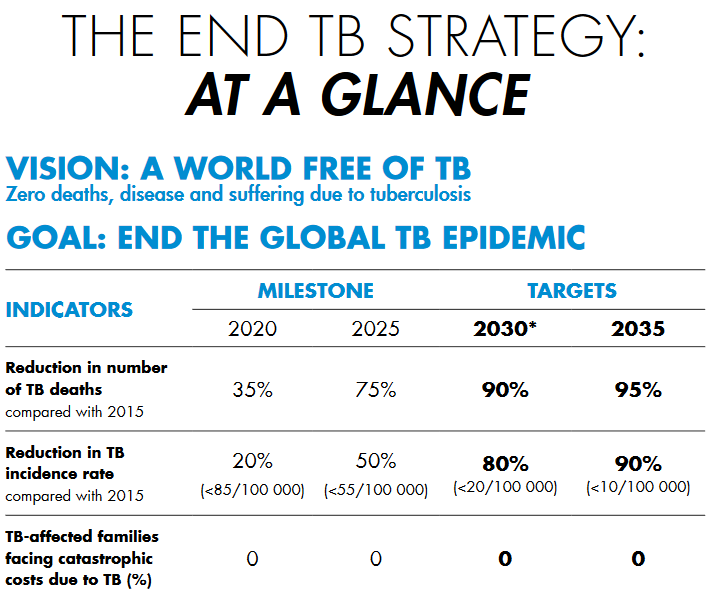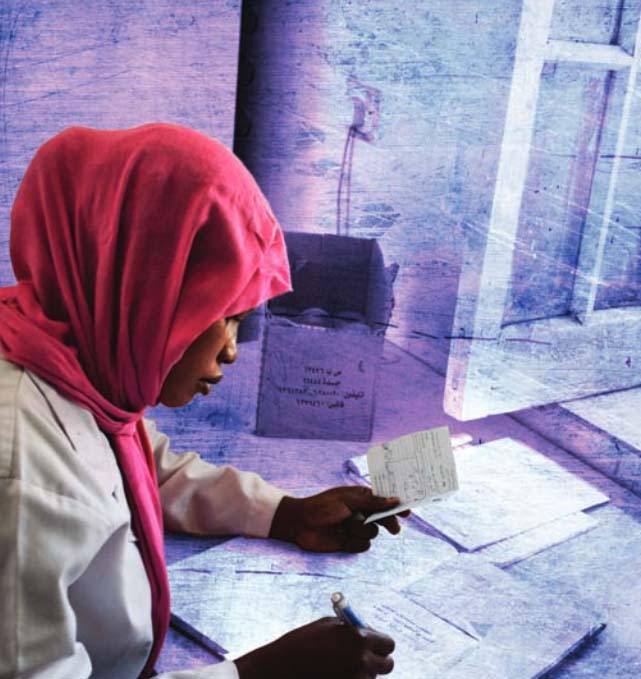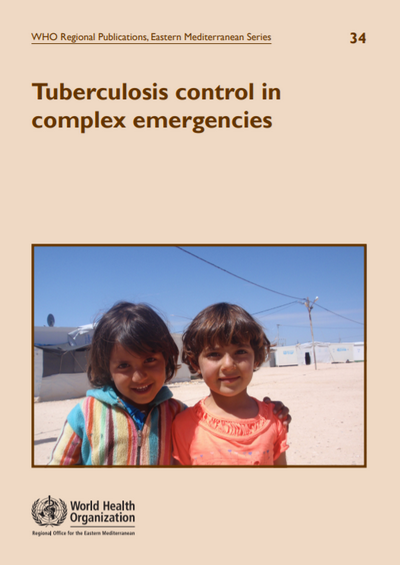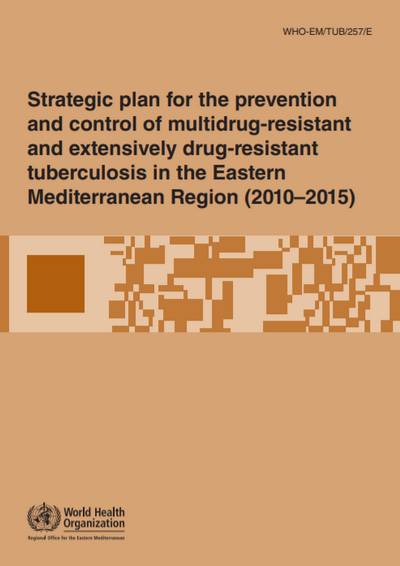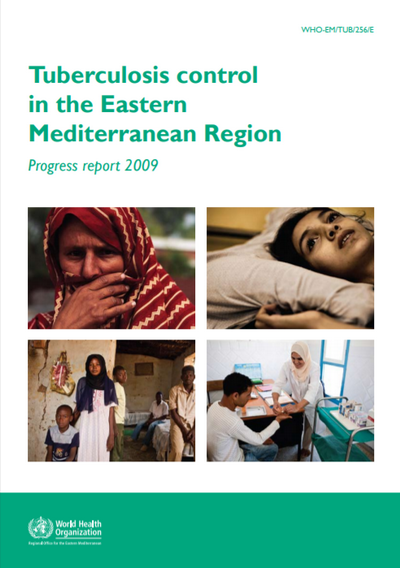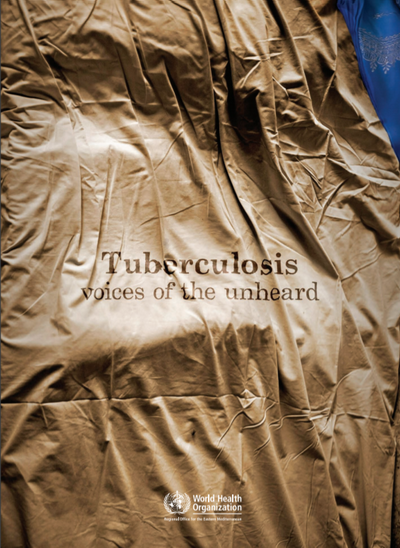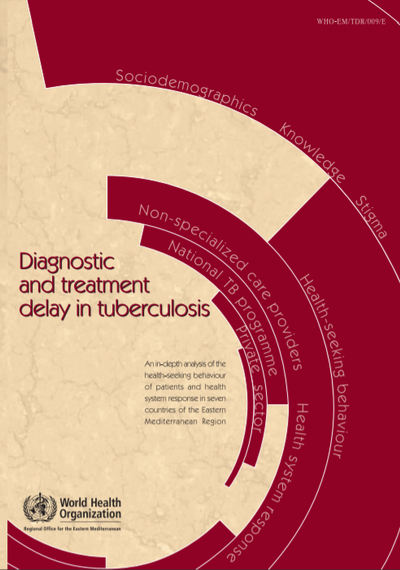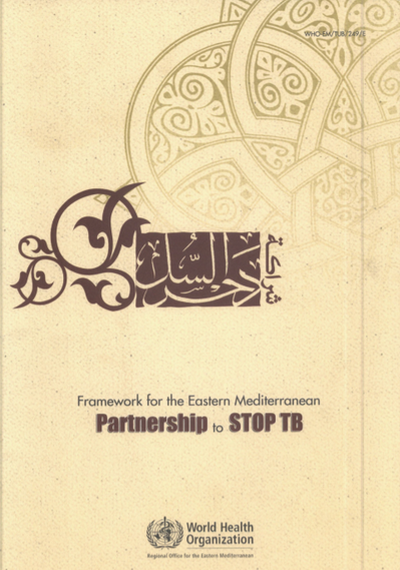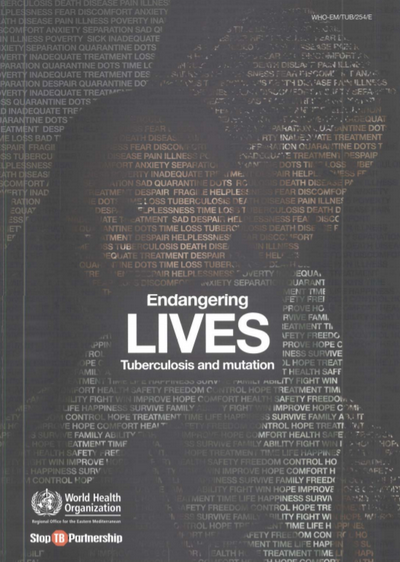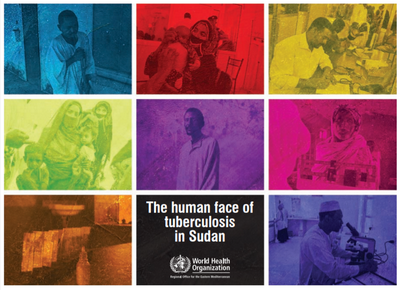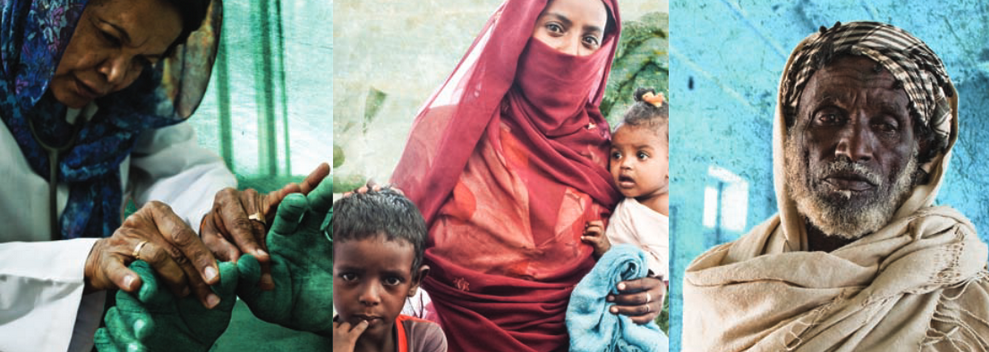
What is TB?
Tuberculosis (TB) is caused by bacteria (Mycobacterium tuberculosis) that most often affect the lungs. TB is spread from person to person through the air. When people with lung TB cough, sneeze or spit, they propel the TB germs into the air. A person needs to inhale only a few of these germs to become infected. About a quarter of the world's population has latent TB, which means people have been infected by TB bacteria but are not (yet) ill with the disease and cannot transmit the disease.
Read the tuberculosis factsheet
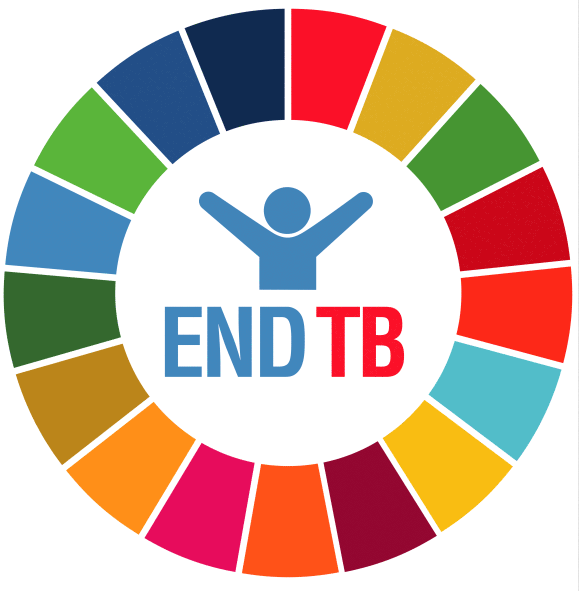 Sustainable Development Goal target 3.3 includes ending the TB epidemic by 2030. The End TB Strategy defines milestones (for 2020 and 2025) and targets (for 2030 and 2035) for reductions in TB cases and deaths. The targets for 2030 are a 90% reduction in the number of TB deaths and an 80% reduction in the TB incidence rate (new cases per 100 000 population per year) compared with levels in 2015. The milestones for 2020 are a 35% reduction in the number of TB deaths and a 20% reduction in the TB incidence rate. The strategy also includes a 2020 milestone that no TB patients and their households face catastrophic costs as a result of TB disease.
Sustainable Development Goal target 3.3 includes ending the TB epidemic by 2030. The End TB Strategy defines milestones (for 2020 and 2025) and targets (for 2030 and 2035) for reductions in TB cases and deaths. The targets for 2030 are a 90% reduction in the number of TB deaths and an 80% reduction in the TB incidence rate (new cases per 100 000 population per year) compared with levels in 2015. The milestones for 2020 are a 35% reduction in the number of TB deaths and a 20% reduction in the TB incidence rate. The strategy also includes a 2020 milestone that no TB patients and their households face catastrophic costs as a result of TB disease.
News
Training workshop on programmatic management of drug-resistant tuberculosis
11 November 2021
Webinar on latent TB infection management, prevention and screening in the Eastern Mediterranean Region
20–21 September 2021
Global TB report app
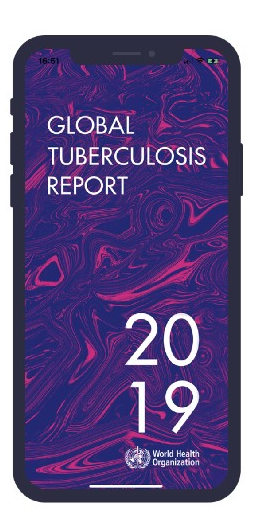 Global TB report app
Global TB report app
WHO's global TB report app provides easy access to the latest global TB data. The game-changing app brings to the users' fingertips current statistics and trends, country and region comparisons and quick search for indicators.
Some of the app’s main features include a summary of key facts about the TB epidemic and of global progress to end TB, detailed country and regional profiles, handy comparisons between countries and regions, and the ability to do a pinpoint search for statistics.
The app is available for free download on the Google Play Google Play and Apple App stores. It works both online and offline.
The data in the app is from WHO’s Global TB Report, which provides a comprehensive and up-to-date assessment of the TB epidemic, and progress in the response at global, regional and country levels. TB remains one of the top 10 causes of death worldwide and is the world’s top infectious killer.
Download on: AppStore | Google Play



